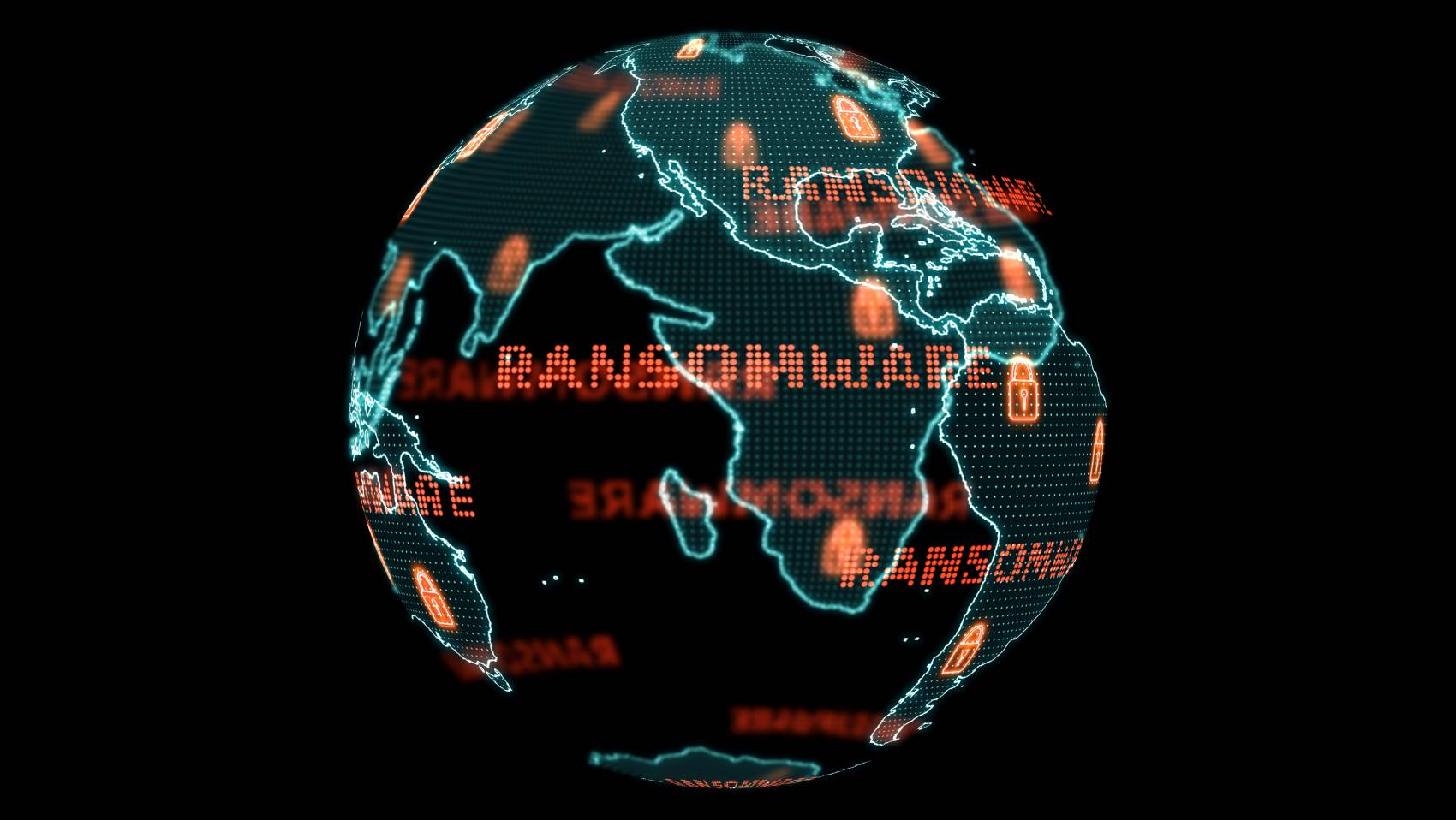Ransomware: recovering from the inevitable
For business leaders, the threat of ransomware is by no means new.
The warning to beware of phishing emails and avoid following suspicious links, for example, is a familiar one. But with tools such as ChatGPT now able to accurately replicate human conversation, distinguishing fake emails from real ones is becoming more challenging. Can organisations really risk the security of their systems by depending on their employees to spot the signs of content written by AI that even industry experts fail to notice?
As the cybercrime landscape advances, moving out of the enterprise realm into areas like critical infrastructure and healthcare, many find that their existing cybersecurity measures aren’t sufficient to keep bad actors at bay. So how can businesses ensure that they are adequately prepared to respond to ever-evolving, ever-advancing cyber threats?
The inevitability of an attack
The first step to adequate preparation is the acknowledgement that an attack is unavoidable. With 71% of organisations globally falling victim to some form of ransomware attack in 2022, we are now in the world of not if, or when, but how often will a business experience a ransomware incursion. Businesses that deny the inevitability of an attack will not only be more exposed, but slower to recover when one does strike. Speed of recovery is crucial as the longer systems are down, the more severe the financial and reputational damage will be.
The cyber defence process should therefore be focused on threat prevention, remediation and regaining operability as quickly as possible. Only when businesses can execute their response and recovery strategies as soon as it becomes clear an attack has struck will they be able to minimise damage.
Designing for recovery
There’s no doubt that businesses’ cybersecurity teams are under an immense amount of pressure in the battle against ransomware but they can only go so far alone. There must be an awareness that it simply can’t be stopped at the source, and that defending against ransomware takes a combination of people, processes and technology.
The digital world can appear complex – especially in the case of large enterprise structures – so it can be…

